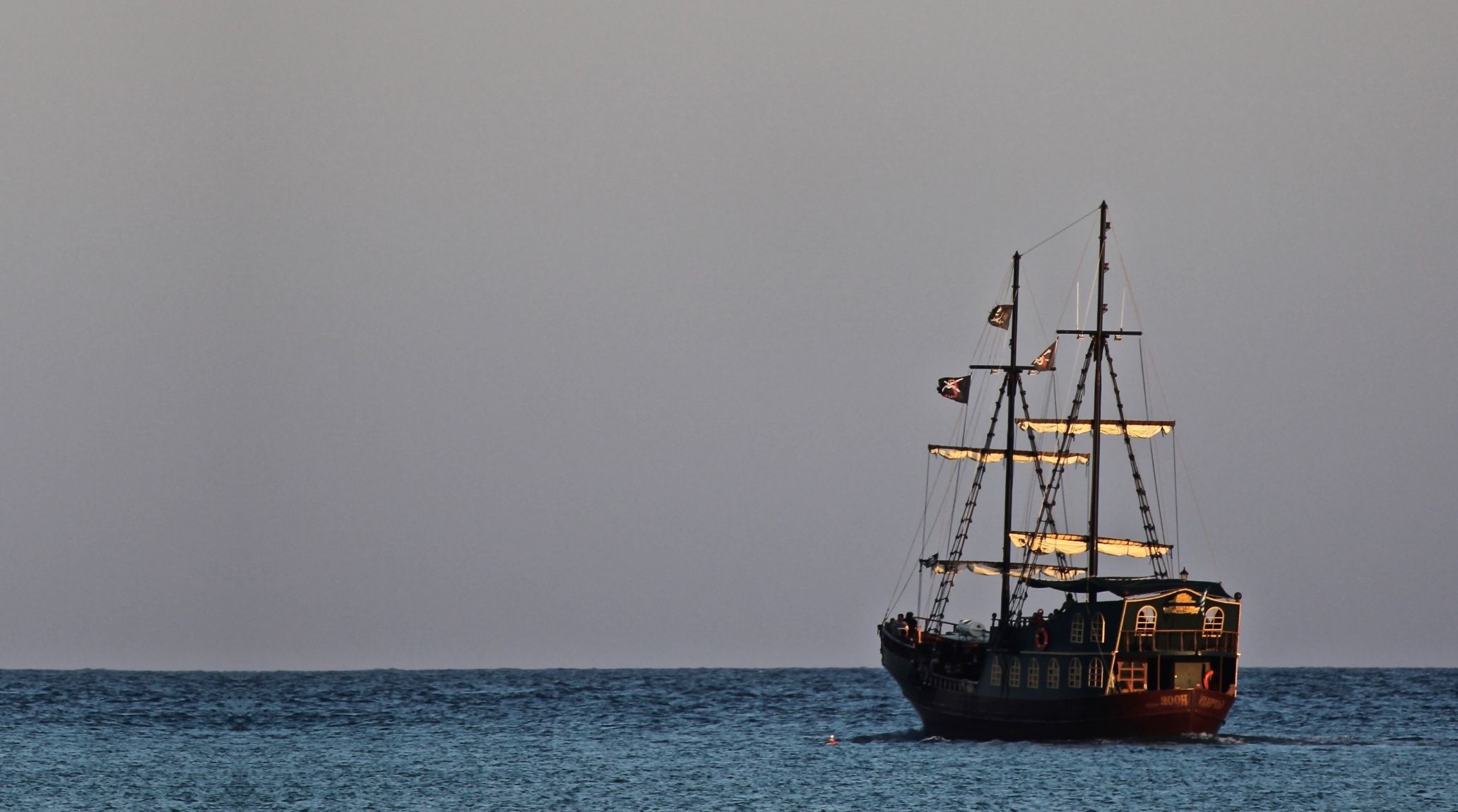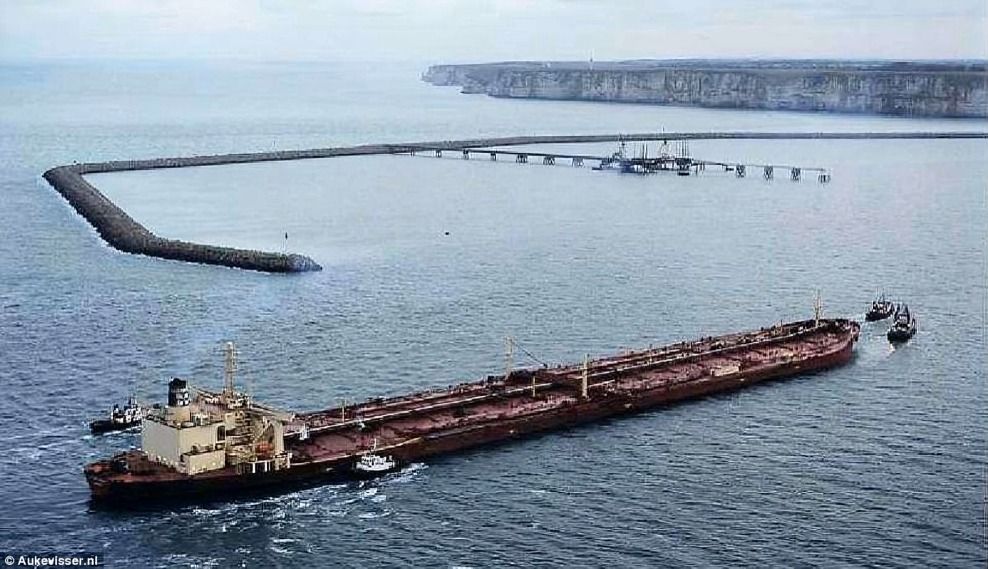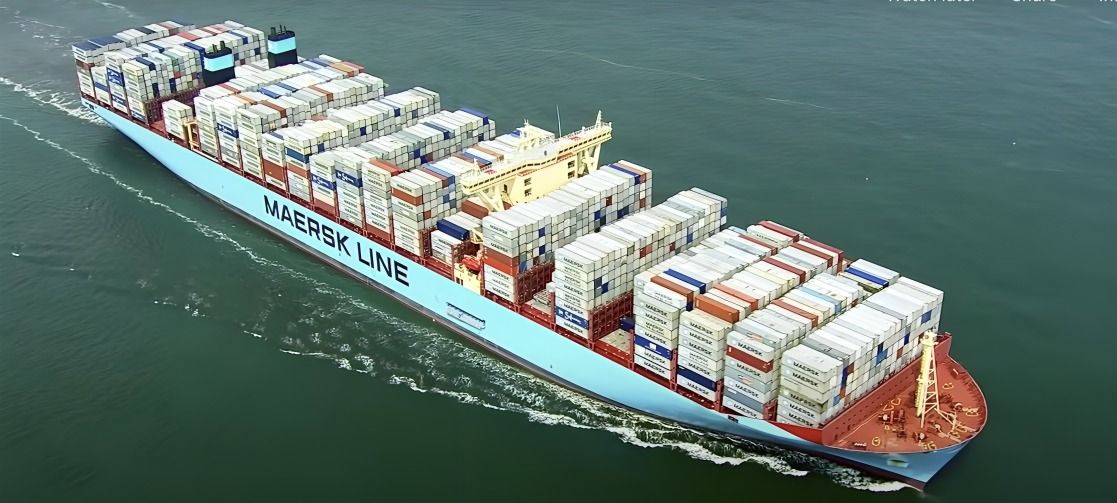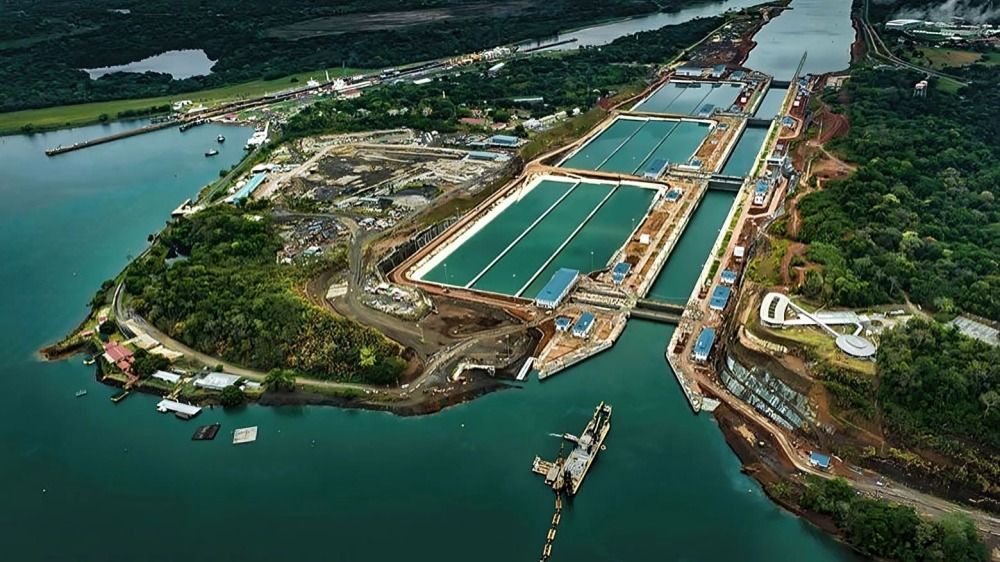
“
Explore the fascinating world of maritime marvels in our latest blog on Interesting Facts About Ships. Discover everything from the massive vessels that rule the oceans to the intricate details of their design and history, offering a wealth of intriguing insights. Discover the monumental scale of the world's largest cruise ships, the pivotal role of cargo vessels in global trade, and the fascinating evolution of shipbuilding technology. Join us as we unravel the secrets and stories behind these extraordinary ships that navigate the vast oceans, connecting the world and shaping maritime history.1
1
”
Early ships began as simple rafts, constructed from logs or reeds bound together. These primitive vessels were the foundation of maritime travel, evolving over time into more advanced ships with the development of sophisticated designs and materials. 1
The Vasa, a Swedish warship that sank in 1628 and was recovered in 1961, remains remarkably well-preserved despite centuries underwater. It's the only surviving 17th-century vessel and is now showcased in the Vasa Museum in Stockholm, dedicated to its legacy.2
Ships have been utilized for thousands of years, with the Pesse Canoe being the oldest known vessel, dating back about 10,000 years. This ancient canoe represents one of the earliest examples of human maritime innovation and transport.3
Delivered to Royal Caribbean Cruises in November 2023, Icon of the Seas is the largest cruise ship in the world. Spanning 364.75 meters and weighing 250,800 gross tons, it boasts 20 decks and can accommodate up to 7,600 passengers and 2,350 crew members!4
Jessica Watson became the youngest person to sail solo, nonstop, and unassisted around the globe at 16, completing her journey in 2010. Laura Dekker, also at 16, became the youngest solo circumnavigator in 2012, overcoming significant legal challenges. 5
Several massive container ships, like the Mol Triumph and Tihama, stretch an impressive 400 meters. This length makes them giants of the sea, though their exact measurements can be tricky to pin down! 6
A ship’s hull, consisting of the bottom, sides, and deck, is its main structure. It provides the essential framework that supports the vessel and ensures buoyancy, allowing it to remain afloat and navigate the seas effectively.7

Once known as Seawise Giant, Mont was the largest ship ever built. At 458 meters long and with a deadweight of 564,763 tons, it held the record for both the largest ship and the largest ship ever scrapped.
In 1912, the Titanic sank after hitting an iceberg, resulting in 1,517 fatalities. This disaster underscored the critical need for improved safety measures and led to significant changes in maritime regulations to enhance passenger safety.8
The Ever Alot, Ever Atop, and Ever Aria lead the world in container ship capacity. Each vessel, stretching nearly 400 meters and able to carry up to 24,004 TEUs, represents the pinnacle of container shipping technology.9
On average, ships have a lifespan of about 25 years. After this period, they often undergo decommissioning or are scrapped due to wear and technological advancements, marking the end of their operational service.10

A large container ship can carry over 200,000 containers annually. Many ships transport up to 8,000 containers or 7,600 cars, playing a crucial role in global trade by efficiently moving vast quantities of goods and vehicles.
A big cargo ship can consume between 150 and 250 tons of fuel daily. This amount is equivalent to the fuel consumption of 3,770 smart cars per kilometer, showcasing the massive energy needs of these giants of the sea. 11
Archaeological evidence suggests that ships were used around 120,000 years ago to aid in the settlement of Borneo. This early use of maritime technology highlights the advanced seafaring skills of ancient populations.12
English Brown Oak, prized for its quality, was used in warships, and all oak trees were deemed Crown property. Unauthorized felling of these trees was punishable by death, reflecting their critical importance to naval construction. 13
The earliest known explorer was Hannu from ancient Egypt, around 2750 BC. He conducted the first recorded exploration along the Red Sea and documented his findings in stone, marking a significant milestone in early exploration history.14

Since its opening in 1914, the Panama Canal has revolutionized global shipping by offering a shortcut between the Atlantic and Pacific Oceans, significantly reducing travel time and enhancing the efficiency of maritime trade routes.
Future boats might sail autonomously, thanks to advancing technology. Equipped with sensors and GPS, these self-propelling ships could navigate oceans, canals, and rivers without human intervention, enabling efficient transport between towns and cities.15
Russia’s nuclear-powered icebreakers can cut through ice up to 3 meters thick. These massive ships are essential for navigating polar regions and keeping Arctic trade routes open, playing a vital role in maintaining year-round access to these remote areas. 16
Some container ships feature intricate designs on their cargo containers, known as "container graffiti." These artworks are created by the shipping companies and add a splash of color to the otherwise industrial appearance.17


